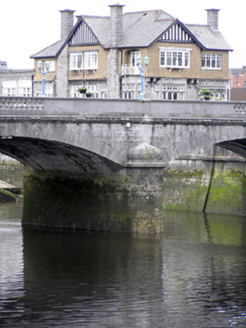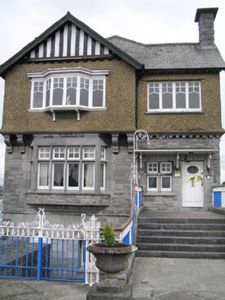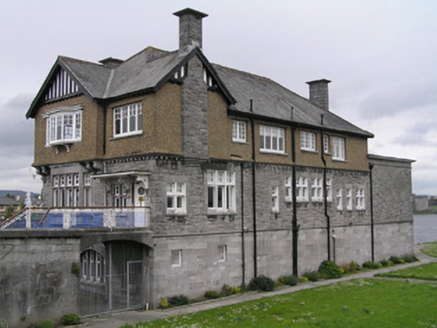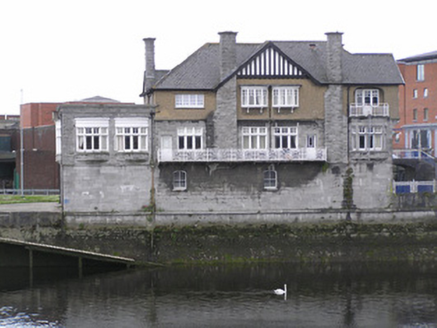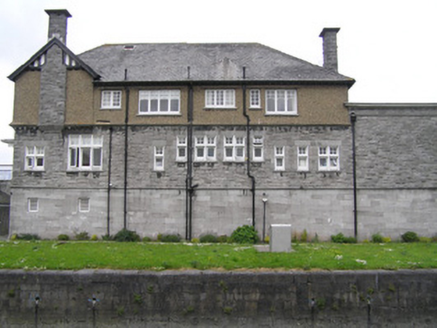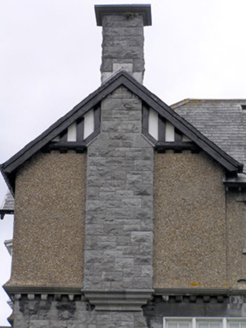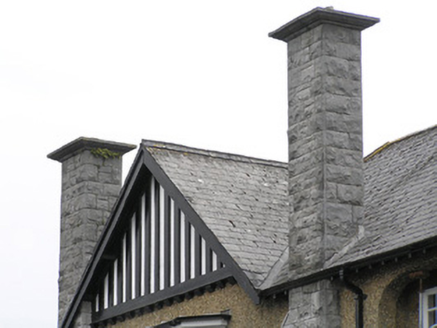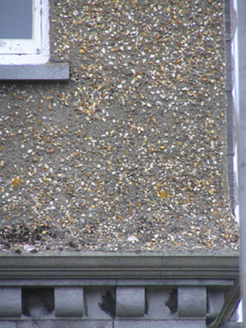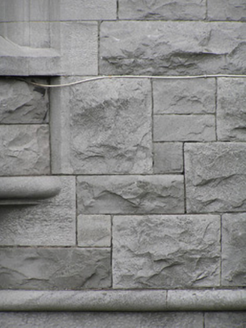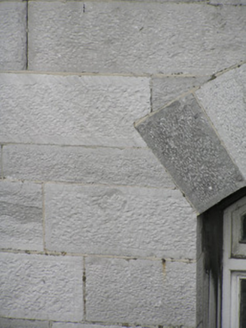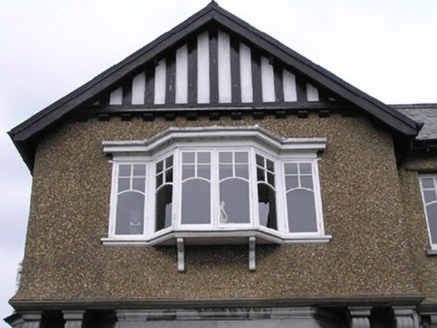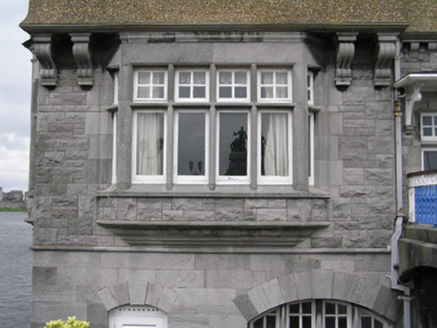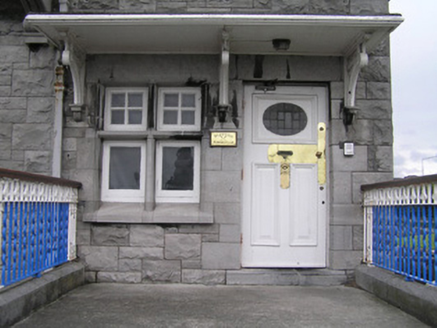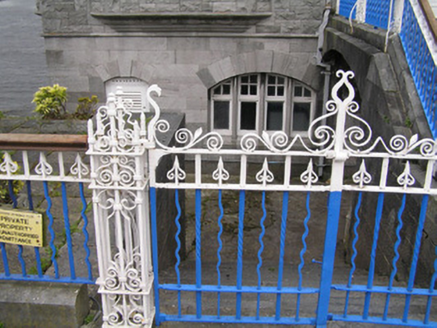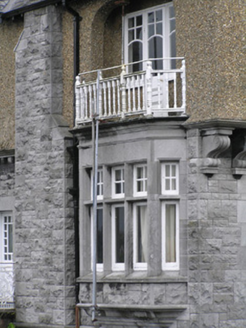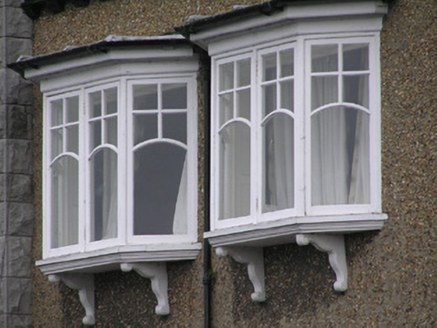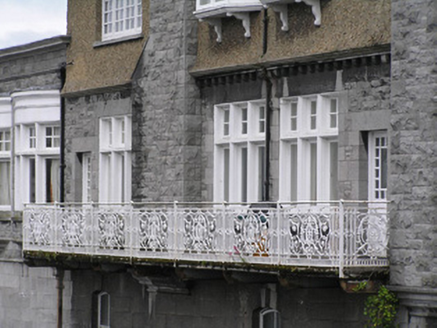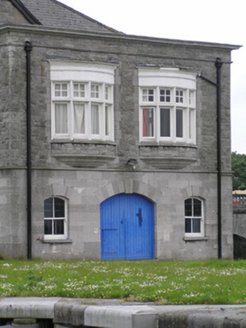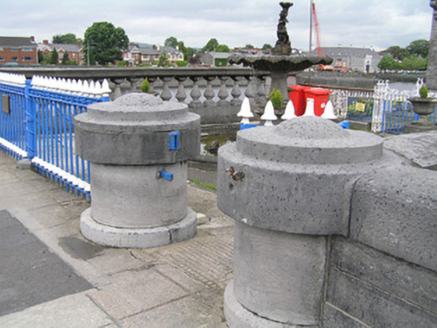Survey Data
Reg No
21512011
Rating
Regional
Categories of Special Interest
Archaeological, Architectural, Historical, Social
Original Use
Clubhouse
In Use As
Clubhouse
Date
1890 - 1910
Coordinates
157464, 157261
Date Recorded
02/06/2005
Date Updated
--/--/--
Description
Detached two-bay two-storey over basement stone clubhouse, built c. 1902, standing on a limestone pier to the northeast of Sarsfield Bridge, with a limestone entrance platform bridging basement level. Foundation stone laid in 1896. Multiple-bay three-storey side elevations. Flat-roofed rear section with arched double opening giving access to pier. Railed front area opening onto Sarsfield Bridge. Hipped slate roof, with intersecting gabled roofs to front. Four rock-faced limestone chimneystacks with moulded corbel bases, standing slightly proud of the side and rear elevation walls, running from basement up to the north side elevation and from first floor up to south side elevation. Cast-iron rainwater goods on sprocketed eaves. Timber struts applied to gable elevations. Ashlar limestone faced basement elevation with moulded limestone course delineating ground floor level. Squared rock-faced limestone ground floor elevation with limestone stringcourse, corbelled to front elevation and gabled bay of side elevation, delineating first floor level. Pebbledash rendered walls to first floor. Three-sided canted oriel window to first floor level on façade and side elevation, with lead roof and supported by profiled timber brackets, flanked by integrated single lights. Limestone three-sided canted bay oriel window to side elevation with timber casements and four-pane overlights and cast-iron balcony balustrade above accessed through square-headed door opening with integrated sidelights, all set within an three-centred arched recess. Square-headed window openings at first floor level, with pebbledash rendered reveals, limestone sills and timber casement windows with four-paned upper sections distinguished by arched horizontal glazing bar. Square-headed window openings at ground floor level, forming limestone mullioned bay to facade with timber casements and four-paned overlights. Timber mullioned openings of varying complexity to side elevations at ground floor level, with rendered reveals, limestone sills and single-pane casements, and four-pane overlights. Three-sided canted bay windows to flat-roofed rear section with rock-faced limestone faced bay aprons and painted timber mullioned casement windows above. Square-headed louvred vent openings and segmental-arched window openings at basement level with limestone mullions and timber casement windows. Cast-iron viewing balcony to north elevation, with highly decorative balustrade, accessed by square-headed door openings with flush limestone surrounds and glazed panelled timber doors. Square-headed front door opening with mullioned sidelight to one side, all covered by timber canopy supported on timber brackets rising from limestone corbels. Flat-panelled timber door with glazed oval upper panel and multiple brass plates affixed. Railed front site raised above the level of the pier to accommodate street level access. Limestone steps lead to bridged entrance platform, which is enclosed by wrought-iron railings. Timber slipway gives access to the River Shannon from pier.
Appraisal
A highly elaborate clubhouse designed in the Edwardian Arts and Crafts idiom by the architect William Clifford Smith. The builders were Messrs. Gough. The variation of the fenestration and the contrasting façade finishes at each level provide architectural interest to the maritime heritage of the city. Almost entirely intact and in impeccable condition, the clubhouse has a significant amenity value in the area. The Shannon Rowing Club was founded by Sir Peter Tait in 1868.
